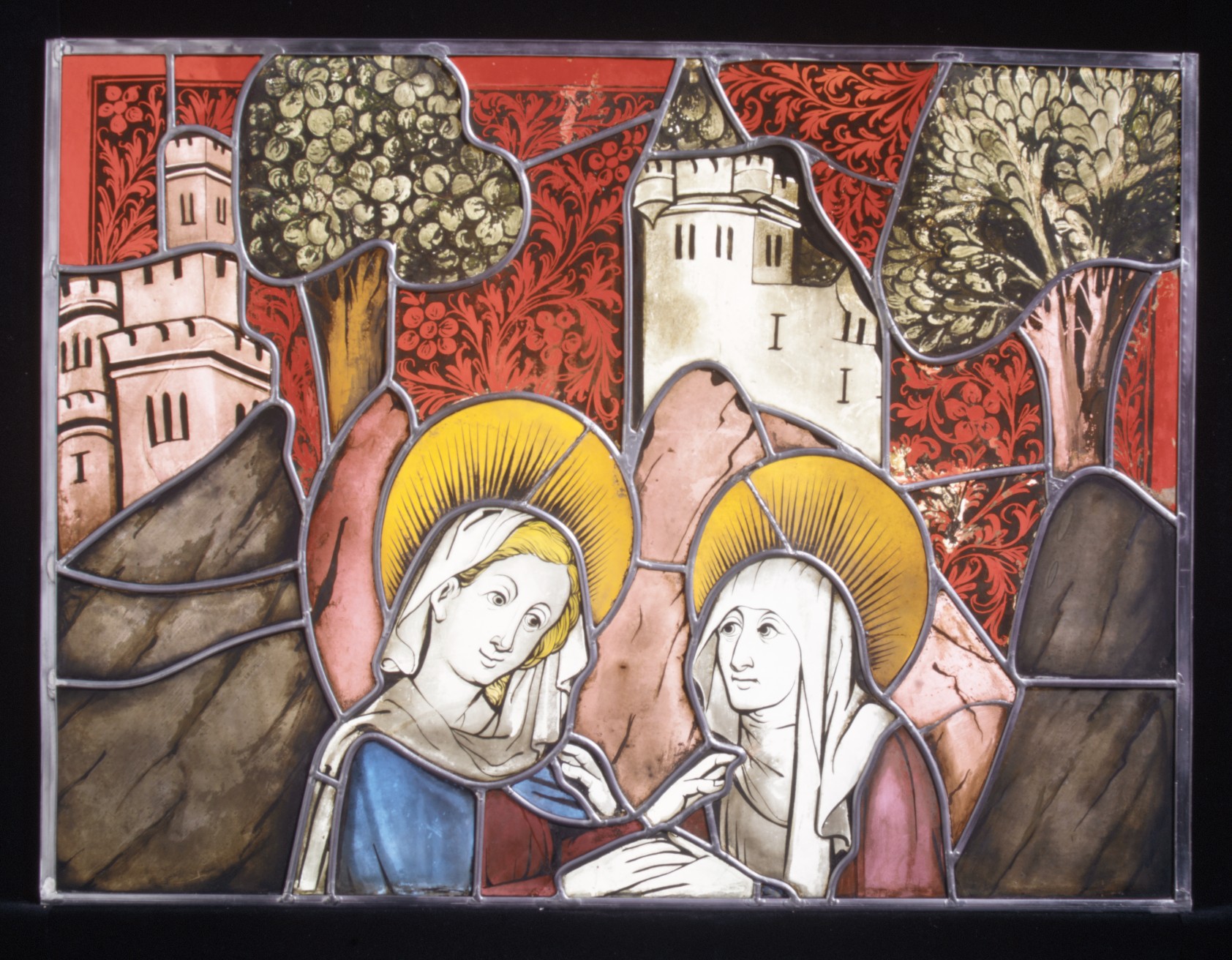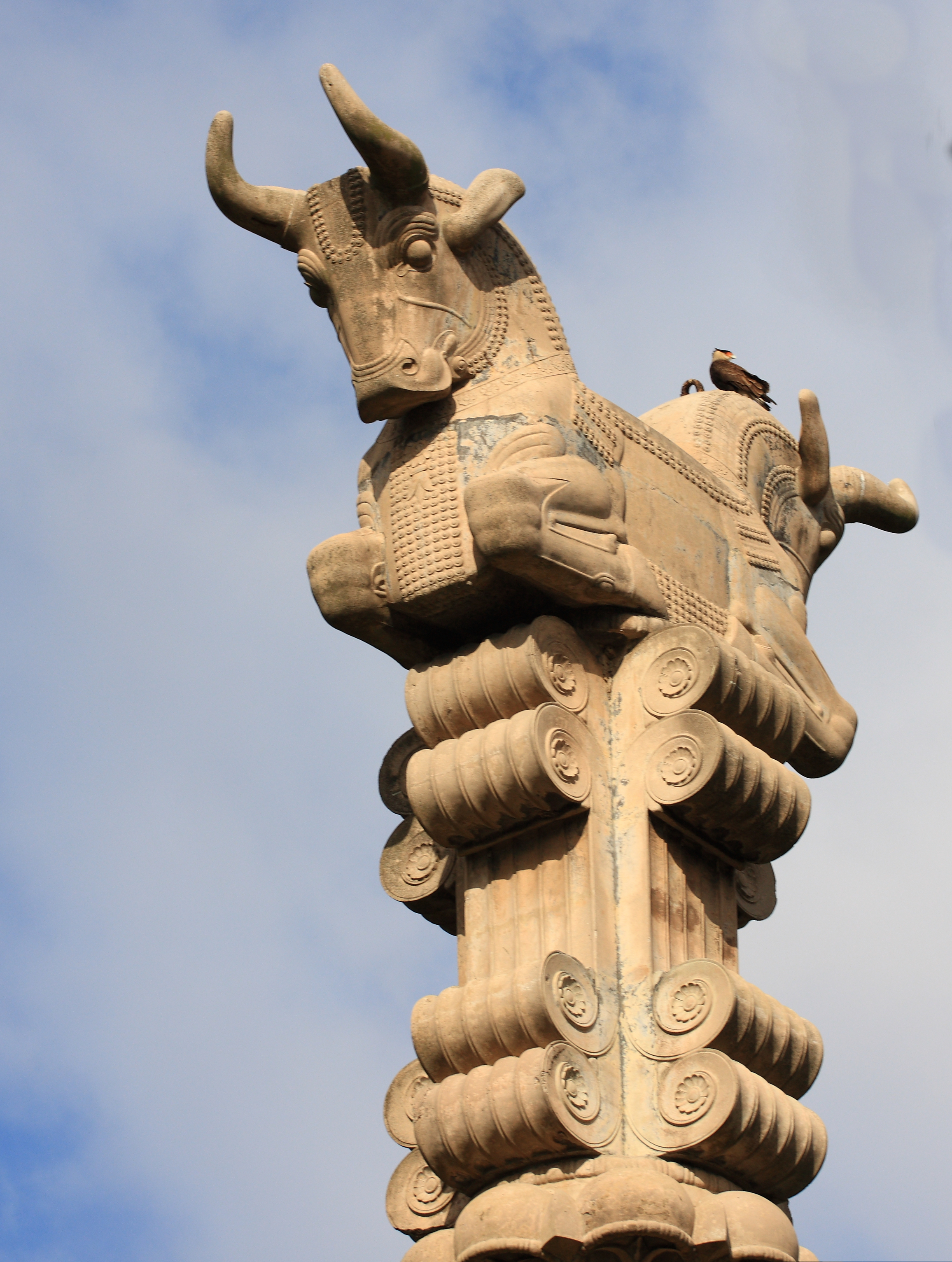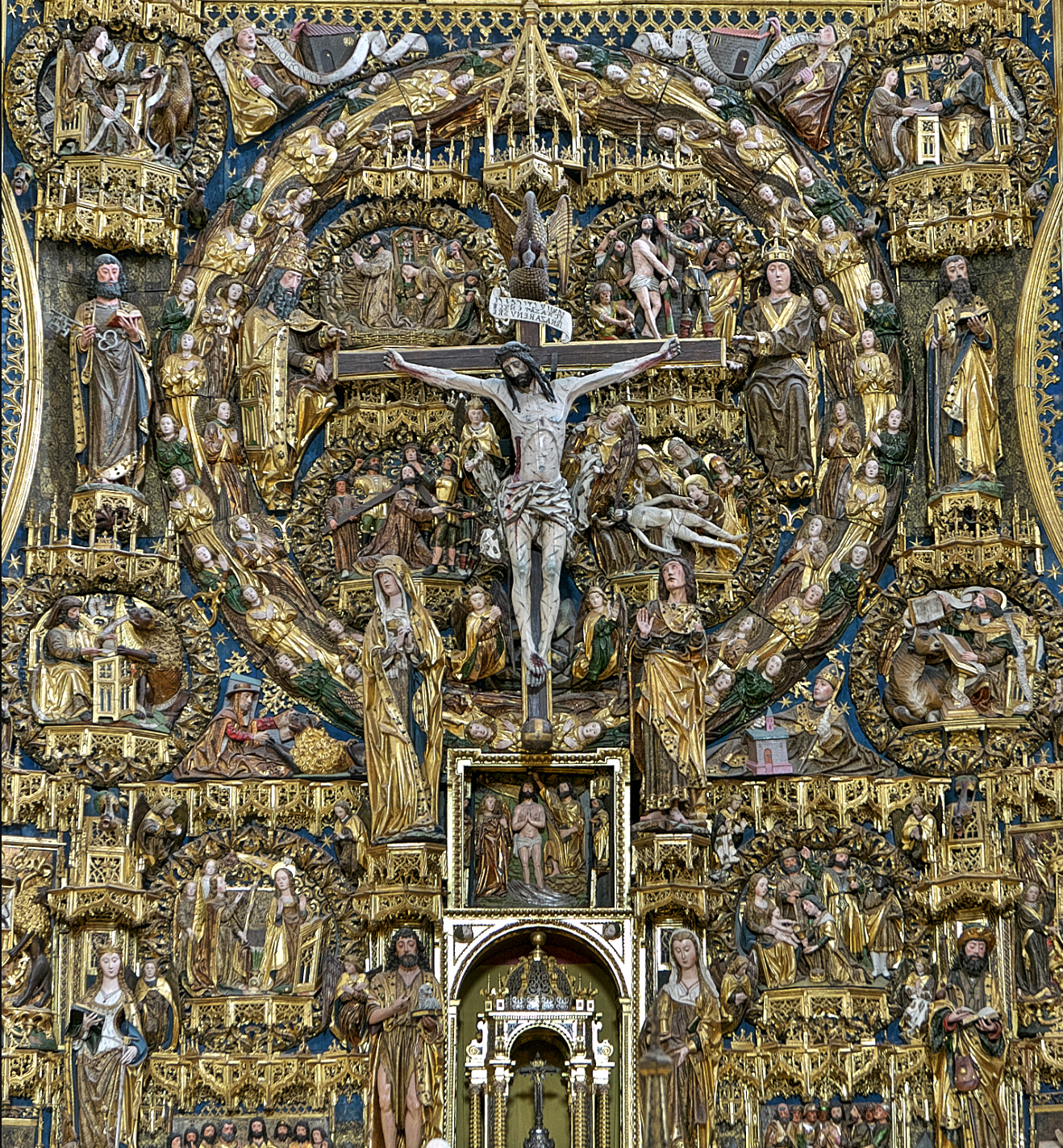|
Eschau, Bas-Rhin
Eschau (; ) is a commune in the Bas-Rhin department in Grand Est in north-eastern France. It is situated 8 km south of Strasbourg. Population Sights Eschau's main sight is the '' Église Saint-Trophime'', a Romanesque church dedicated to Trophimus of Arles. The building dates back to the 8th century but has been rebuilt several times until the end of the 13th century. It contains relics of Sophia the Martyr in a Gothic chasse and several wooden polychrome 15th-century Gothic statues. The 12th-century cloister has been destroyed but several capitals and other pieces of Romanesque sculpture by the Master of Eschau have survived and are on display in the Musée de l'Œuvre Notre-Dame. See also * Communes of the Bas-Rhin department The following is a list of the 514 communes of the Bas-Rhin department of France. The communes cooperate in the following intercommunalities (as of 2025): [...More Info...] [...Related Items...] OR: [Wikipedia] [Google] [Baidu] |
Communes Of France
A () is a level of administrative divisions of France, administrative division in the France, French Republic. French are analogous to civil townships and incorporated municipality, municipalities in Canada and the United States; ' in Germany; ' in Italy; ' in Spain; or civil parishes in the United Kingdom. are based on historical geographic communities or villages and are vested with significant powers to manage the populations and land of the geographic area covered. The are the fourth-level administrative divisions of France. vary widely in size and area, from large sprawling cities with millions of inhabitants like Paris, to small hamlet (place), hamlets with only a handful of inhabitants. typically are based on pre-existing villages and facilitate local governance. All have names, but not all named geographic areas or groups of people residing together are ( or ), the difference residing in the lack of administrative powers. Except for the Municipal arrondissem ... [...More Info...] [...Related Items...] OR: [Wikipedia] [Google] [Baidu] |
Gothic Art
Gothic art was a style of medieval art that developed in Northern France out of Romanesque art in the 12th century, led by the concurrent development of Gothic architecture. It spread to all of Western Europe, and much of Northern Europe, Northern, Southern Europe, Southern and Central Europe, never quite effacing more classical styles in Italy. In the late 14th century, the sophisticated court style of International Gothic developed, which continued to evolve until the late 15th century. In many areas, especially Germany, Late Gothic art continued well into the 16th century, before being subsumed into Renaissance art. Primary media in the Gothic period included sculpture, panel painting, stained glass, fresco and illuminated manuscripts. The easily recognisable shifts in architecture from Romanesque to Gothic, and Gothic to Renaissance styles, are typically used to define the periods in art in all media, although in many ways figurative art developed at a different pace. The ear ... [...More Info...] [...Related Items...] OR: [Wikipedia] [Google] [Baidu] |
Communes Of The Bas-Rhin Department
The following is a list of the 514 communes of the Bas-Rhin department of France. The communes cooperate in the following intercommunalities (as of 2025):Périmètre des groupements en 2025 BANATIC. Accessed 28 May 2025. * Eurométropole de Strasbourg * Communauté d'agglomération de Haguenau * Communauté d'agglomération Sarreguemines Confluences (partly) * [...More Info...] [...Related Items...] OR: [Wikipedia] [Google] [Baidu] |
Musée De L'Œuvre Notre-Dame
The Musée de l'Œuvre Notre-Dame (or Frauenhausmuseum in German) is the city of Strasbourg's museum for Upper Rhenish fine arts and decorative arts, dating from the early Middle Ages until 1681. The museum is famous for its collection of original sculptures, glass windows, architectural fragments, as well as the building plans of Strasbourg Cathedral. It has a considerable collection of works by Peter Hemmel von Andlau, Niclas Gerhaert van Leyden, Nikolaus Hagenauer, Ivo Strigel, Konrad Witz, Hans Baldung and Sebastian Stoskopff. Purpose The ''Musée de l’Œuvre Notre-Dame'' was created in order to merge, under a single roof, four thematically related but differently focussed, collections of all types of Upper Rhenish art created prior to 1681. It is located in the half-Gothic, half-Renaissance core building of the ''Fondation de l’Œuvre Notre-Dame'', and in several early Baroque timber-framed houses which surround it. Origins The first documentary evidence of the ... [...More Info...] [...Related Items...] OR: [Wikipedia] [Google] [Baidu] |
Master Of Eschau
The Master of Eschau () is the notname given to an Alsatian Romanesque sculptor and his workshop, active in the first half of the 12th century. The Master's name derives from the sculptures (capitals, baptismal font) from the cloister and the church of St Trophimus in Eschau, Bas-Rhin. Most of the remains of his sculpted work from that location are displayed in the Musée de l’Œuvre Notre-Dame in Strasbourg. The Master is also considered to be the author of the sarcophagus of bishop A bishop is an ordained member of the clergy who is entrusted with a position of Episcopal polity, authority and oversight in a religious institution. In Christianity, bishops are normally responsible for the governance and administration of di ... Adelochus of Strasbourg (died 823). That work, dated around 1130 or 1144, is displayed in the Église Saint-Thomas of Strasbourg. Gallery Sarcophage d'Adeloch.JPG, Sarcophagus of Adelochus Strasbourg StThomas92.JPG, Detail of the sarcophagus S ... [...More Info...] [...Related Items...] OR: [Wikipedia] [Google] [Baidu] |
Romanesque Sculpture
Romanesque art is the art of Europe from approximately 1000 AD to the rise of the Gothic style in the 12th century, or later depending on region. The preceding period is known as the Pre-Romanesque period. The term was invented by 19th-century art historians, especially for Romanesque architecture, which retained many basic features of Roman architectural style – most notably round-headed arches, but also barrel vaults, apses, and acanthus-leaf decoration – but had also developed many very different characteristics. In Southern France, Spain, and Italy there was an architectural continuity with the Late Antique, but the Romanesque style was the first style to spread across the whole of Catholic Europe, from Sicily to Scandinavia. Romanesque art was also greatly influenced by Byzantine art, especially in painting, and by the anti-classical energy of the decoration of the Insular art of the British Isles. From these elements was forged a highly innovative and coherent sty ... [...More Info...] [...Related Items...] OR: [Wikipedia] [Google] [Baidu] |
Capital (architecture)
In architecture, the capital () or chapiter forms the topmost member of a column (or a pilaster). It mediates between the column and the load thrusting down upon it, broadening the area of the column's supporting surface. The capital, projecting on each side as it rises to support the abacus, joins the usually square abacus and the usually circular shaft of the column. The capital may be convex, as in the Doric order; concave, as in the inverted bell of the Corinthian order; or scrolling out, as in the Ionic order. These form the three principal types on which all capitals in the classical tradition are based. The Composite order was formalized in the 16th century following Roman Imperial examples such as the Arch of Titus in Rome. It adds Ionic volutes to Corinthian acanthus leaves. From the highly visible position it occupies in all colonnaded monumental buildings, the capital is often selected for ornamentation; and is often the clearest indicator of the architec ... [...More Info...] [...Related Items...] OR: [Wikipedia] [Google] [Baidu] |
Cloister
A cloister (from Latin , "enclosure") is a covered walk, open gallery, or open Arcade (architecture), arcade running along the walls of buildings and forming a quadrangle (architecture), quadrangle or garth. The attachment of a cloister to a cathedral or church, commonly against a warm southern flank, usually indicates that it is (or once was) part of a monastic foundation, "forming a continuous and solid architectural barrier... that effectively separates the world of the monks from that of the serfs and workmen, whose lives and works went forward outside and around the cloister." Cloistered (or claustral) life is also another name for the monastic life of a monk or nun. The English term ''enclosure'' is used in contemporary Catholicism, Catholic church law translations to mean cloistered, and some form of the Latin parent word "claustrum" is frequently used as a metonymic name for ''monastery'' in languages such as German. Cloistered clergy refers to monastic orders that stric ... [...More Info...] [...Related Items...] OR: [Wikipedia] [Google] [Baidu] |
Gothic Sculpture
Gothic sculpture was a sculpture style that flourished in Europe during the Middle Ages, from about mid-12th century to the 16th century,The chronology of the period varies significantly according to the source consulted evolving from Romanesque art, Romanesque sculpture and dissolving into Sculpture in the Renaissance period, Renaissance sculpture and Mannerism."Gothic art" In: '':pt:Encyclopædia Britannica, Encyclopædia Britannica Online'' When the Classicism, classical values started to be appreciated again in the Renaissance, the sculpture from the previous centuries was seen as shapeless and rough and was given the name of Gothic, since it was believed to come from the culture of the Goths, people considered barbaric and supposedly responsible for the disappearance of the Roman Empire. [...More Info...] [...Related Items...] OR: [Wikipedia] [Google] [Baidu] |
Polychrome
Polychrome is the "practice of decorating architectural elements, sculpture, etc., in a variety of colors." The term is used to refer to certain styles of architecture, pottery, or sculpture in multiple colors. When looking at artworks and architecture from antiquity and the European Middle Ages, people tend to believe that they were monochrome. In reality, the pre-Renaissance past was full of colour, and Greco-Roman sculptures and Gothic cathedrals, that are now white, beige, or grey, were initially painted in a variety of colours. As André Malraux stated: "Athens was never white but her statues, bereft of color, have conditioned the artistic sensibilities of Europe ..the whole past has reached us colorless." Polychrome was and is a practice not limited only to the Western world. Non-Western artworks, like Chinese temples, Oceanian Uli figures, or Maya ceramic vases, were also decorated with colours. Ancient Near East Similarly to the ancient art of other regions, ... [...More Info...] [...Related Items...] OR: [Wikipedia] [Google] [Baidu] |
Chasse (casket)
A chasse, châsse or box reliquary is a shape commonly used in medieval metalwork for reliquaries and other containers. To the modern eye the form resembles a house, though a tomb or church was more the intention,Distelberger, 21 with an oblong base, straight sides and two sloping top faces meeting at a central ridge, often marked by a raised strip and decoration. From the sides there are therefore triangular "gable" areas. The casket usually stands on straight stumpy feet, and there is a hinged opening to allow access, either one of the panels, but not on the front face, or the wooden bottom; there is usually a lock. The shape possibly developed from a similar shape of sarcophagus that goes back to Etruscan art, or from Early Medieval Insular art, where there are a number of house-shaped shrines, reliquaries or cumdachs ("book-shrines"), with similar shapes. The Monymusk Reliquary is typical of these, having four sloping panels above, so no "gables". A 13th-century exampl ... [...More Info...] [...Related Items...] OR: [Wikipedia] [Google] [Baidu] |
Saint Sophia Of Rome
Saint Sophia of Rome is venerated as a Christian martyr. She is identified in hagiographical tradition with the figure of Sophia of Milan, the mother of Saints Faith, Hope and Charity, whose veneration is attested for the sixth century. However, there are conflicting hagiographical traditions; one traditionJoachim Schäfer: Sophia von Mailand. Ökumenisches Heiligenlexikon makes Sophia herself a martyr under the Diocletian Persecution (303/4). This conflicts with the much more widespread hagiographical tradition ( BHL 2966, also extant in Greek, Armenian and Georgian versions) placing Sophia, the mother of Faith, Hope, and Charity, in the time of Hadrian (second century) and reporting her dying not as a martyr but mourning for her martyred daughters.V. Saxer, "Sophia v. Rom" in: ''Lexikon für Theologie und Kirche'' vol. 9 (1993)733f./ref> Her relics are said to have been translated to the convent at Eschau, Alsace in 778, and her cult spread to Germany from there. ''Acta Sa ... [...More Info...] [...Related Items...] OR: [Wikipedia] [Google] [Baidu] |







